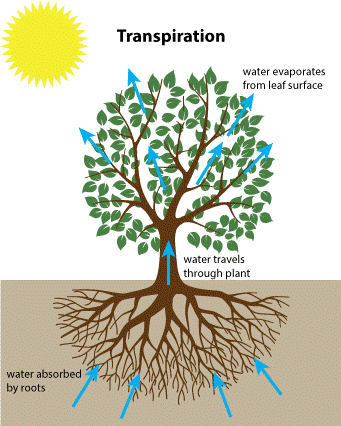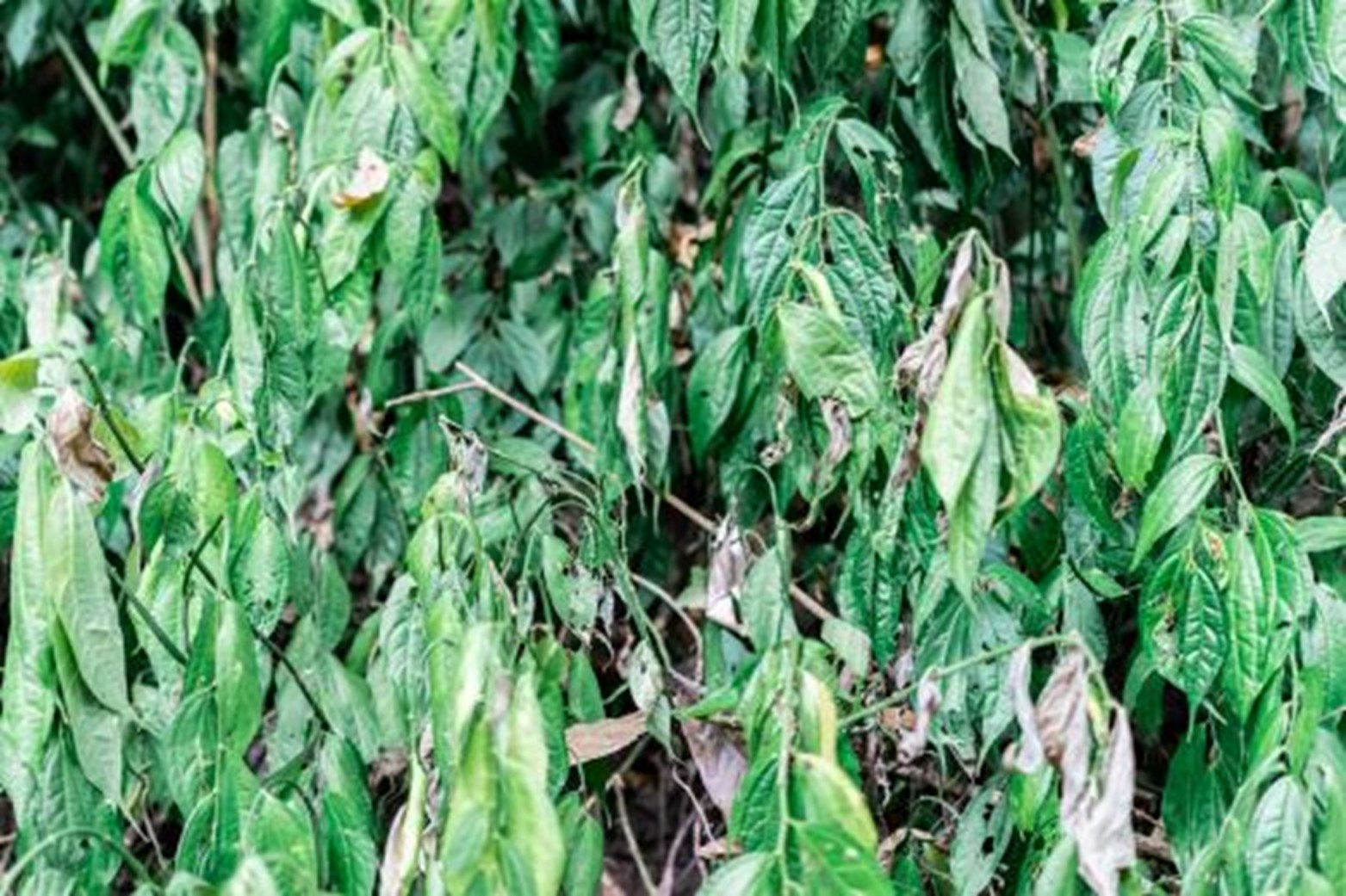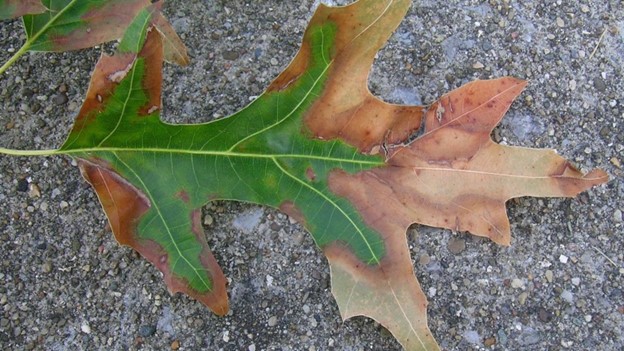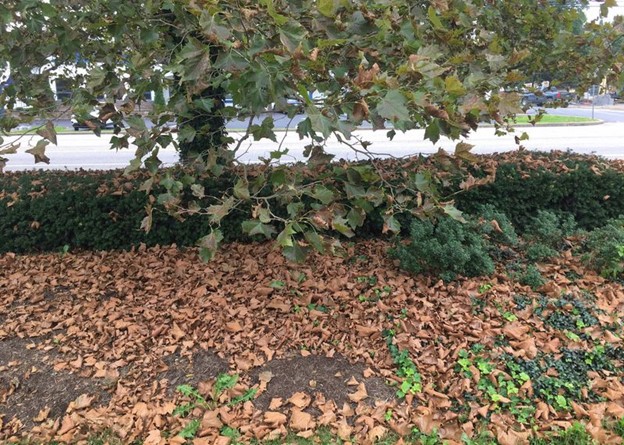This week’s excessive heat warnings affect not only the well-being of humans, but also trees. Learn how to recognize the symptoms of heat stress in trees and what you can do to help it survive. Further, learn heat-tolerant tree species for planting in Texas.
As dangerous heat continues in Dallas with triple digits all week, the high temperatures create a physical response not just in humans – but also trees! The human body regulates body temperature in response to heat through perspiration – the release of liquid through the body’s sweat glands. Plants transpire – moving water to evaporate from leaves, stems, and flowers.
Drought and Heat Combined
In times of little to no rain, trees close their stomata, cell structures in the epidermis of tree leaves and needles that are involved in the exchange of carbon dioxide and water between plants and the atmosphere, in order to reduce the amount of water lost through transpiration. This is an effective way to conserve their energy in times of drought, however it does not help them when drought is combined with excessive heat. Transpiration helps cool the temperature around the leaves within the canopy of the tree. If the tree closes its stomata as a reaction to water conservation in drought, then it cannot cool itself down through the process of transpiration in times of excessive heat, leading to symptoms of heat stress.
Symptoms of heat stress/high temperature stress
Some tree species may drop most of their leaves as a reaction to the heat and go into a summer dormancy. Also, if trees go through heat stress long enough, they can reach a point of weakness that leads to pests and diseases attacking.
- Leaf wilting
- Scorched leaf edges
- Dead leaves or leaves falling off
- Little to no new growth
- Premature blossoms and/or fruit drop. Many ornamentals or fruiting trees will do this to conserve energy to survive the heat.
Some Advice to Combat Heat Stress in Trees
Source: Davey Tree, a nationally recognized scientifically-based horticultural and environmental services provider
Follow these tips when you see symptoms of heat stress:
- Water deeply, but infrequently. A weekly, deep soak is much better than just a little water every day. But when watering, remember to follow any water restrictions in your area pertaining to lingering drought or heat. Allow the soil to drain between waterings. Don’t let it stay soggy or muddy.
- Be aware that there is a difference in watering needs between young and old trees. Newly transplanted or younger trees require more water to become established – approximately 5 to 15 gallons of water each week, particularly between April and October.
- Water the roots of the tree by applying water directly to the soil (as opposed to overhead irrigation); this way you don’t lose any water to evaporation.
- Refresh the mulch over your tree’s root zone. If there is no mulch, a 2- to 3-inch layer can help insulate the roots from heat and minimize moisture loss in the soil. Keep mulch away from the tree trunk as mulch against the bark can lead to fungal problems on your tree.
- If you have an automatic irrigation system, check to see how much water is being put out and where it is going. It may be necessary to adjust the system so it does not put out too much or too little water in one area. Sprinkler heads should also not be hitting trees directly with water.
Heat Tolerant Tree Species for North Texas
- Crape myrtle
- Cedar elm
- Chinquapin oak
- Bur oak
- Lacey oak
- Live oak
- Southern catalpa
- Shumard oak
- Shantung maple
- Texas buckeye
- Desert willow
- Bald Cypress (if watered properly)
- Chinese pistache


Photo Source: https://www.mrtreeservices.com/blog/why-is-my-newly-planted-tree-wilting/

Photo source: https://extension.umd.edu/resource/bacterial-leaf-scorch-trees

Photo source: https://www.pennlive.com/gardening/2018/09/why_are_so_many_trees_dropping.html
